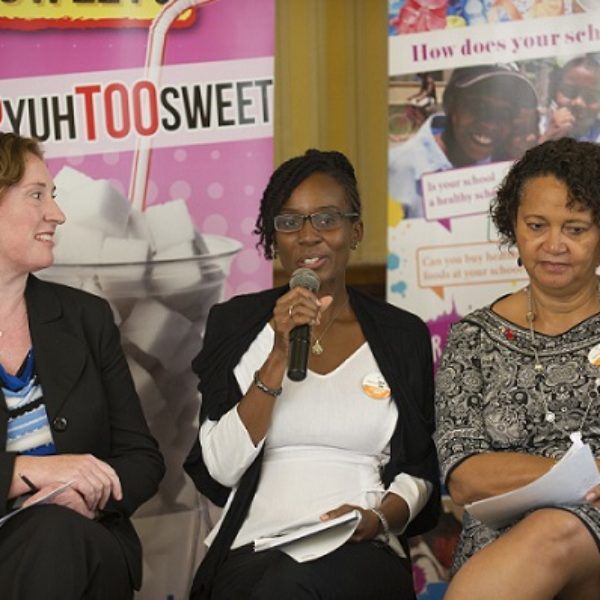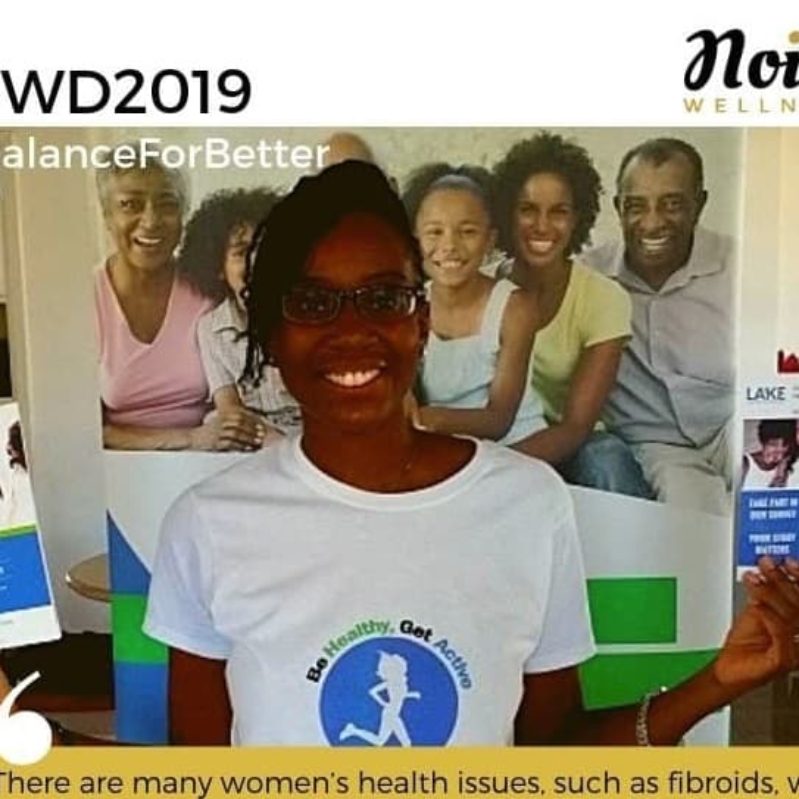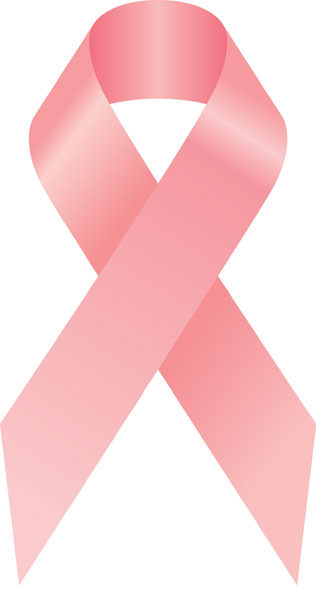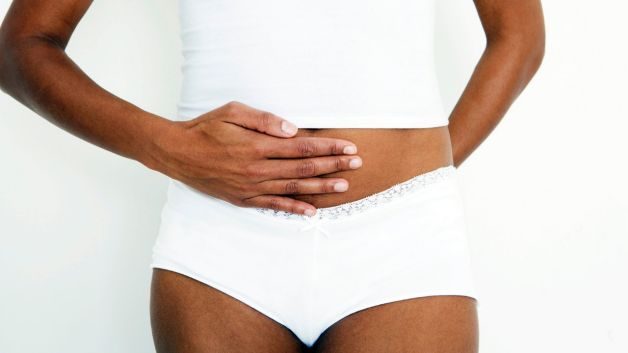Breast Cancer Awareness Month Ends Today
Today is the final day of Breast Cancer Awareness Month and in this week’s blog, we want to end the month by highlighting the key things that women should know about this disease, which are: the signs and symptoms, risk factors, prevention and the screening process.
The Signs and Symptoms
The symptoms of breast cancer can be identified by carrying out regular breast self-examinations. These should be done at least once a month. The aim of the self-examination is to do a visual and physical inspection of your breasts. You can do the visual part in front of a mirror and you should look out for changes in the size, shape and texture of your breasts as well as changes to your nipples (inverted nipple or a discharge).
Once you’ve carried out a visual examination, the next step is to do a physical one where you use the palm of your hands to feel both breasts and your armpit area for any lumps.
If you notice any of the symptoms of breast cancer visit your GP or doctor as soon as possible. It may not be breast cancer but it is best to rule it out.
You can find out more about how to do a breast self-examination in the video below.
The Risk Factors
The two main factors that increase a person’s risk of developing breast cancer are age and family history.
Age: As we get older our risk of developing breast cancer increases. The majority of breast cancers (80%) occur in women who are aged 50 and over.
Family History/Genetics: 5-10% of breast cancers are hereditary. If you have one first-degree relative with breast cancer, this doubles your risk of developing breast cancer, and if you have two first-degree relatives with breast cancer, this triples your risk.
If you have a family history of breast cancer, visit your doctor to discuss your risk and for more information about hereditary cancer please read our recent blog post.
Other factors that have been shown to increase a person’s risk of developing breast cancer include: being overweight or obese; alcohol consumption, hormone replacement therapy; smoking; and oestrogen and progesterone contraceptives.
Breast Cancer Prevention
To reduce your risk of developing breast cancer you should adopt a healthy lifestyle. In particular, you should: limit your alcohol intake, stop smoking, maintain a healthy weight, exercise regularly, eat a diet rich in fruits and vegetables but low in animal fat; and if you have the choice, breastfeed.
Breast Cancer Screening
In the UK all women between the ages of 50 and 70 are invited for breast screening every 3 years as part of the national breast screening programme. Women over the age of 70 can still be screened, you’ll have to contact your local breast screening unit to organise this. In England, the breast screening age is being extended to all women between the ages of 47 and 73.
Breast screening involves having an x-ray of each breast (this is a mammogram) which allows a clear image of the inside of the breast to be developed. This technique is capable of detecting breast cancer at an early stage, much earlier than a breast self-examination.
To find out more about the NHS Breast Screening Programme please visit their website
Now that Breast Cancer Awareness Month has come to an end, remember to remain breast aware throughout the year.








